
Shane Lewis
Shane is an art historian who specializes in the Renaissance, Neoclassicism, and the 20th-century Modernist avant-garde. He has been producing articles on these periods (and more) which explore formal elements, content, contextualization, and the significance of artworks and artists in the history of ideas.
Articles by Shane Lewis
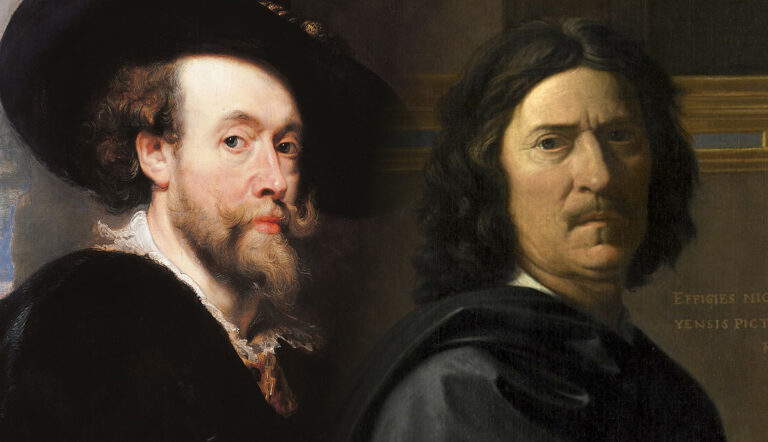 Poussin vs. Rubens: The Story of an Artistic Dispute Over Line and Color
Poussin vs. Rubens: The Story of an Artistic Dispute Over Line and ColorIn the 17th century, a debate erupted between the advocates of the drawn line (Poussin admirers) and the advocates of the power of color (Rubens admirers).
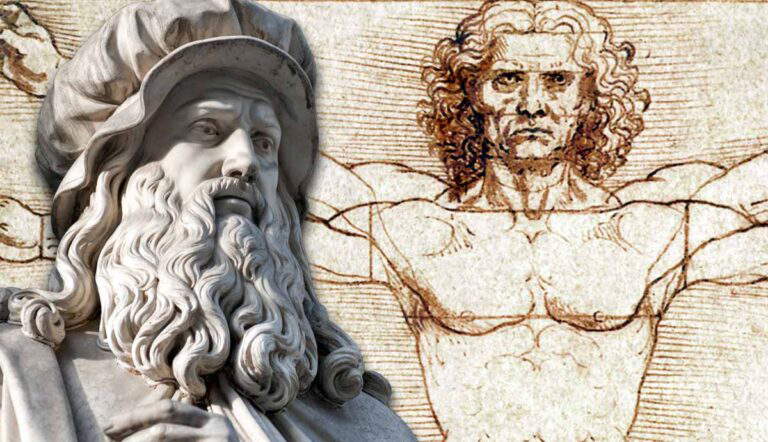 How Leonardo da Vinci Became the Archetypal “Renaissance Man”
How Leonardo da Vinci Became the Archetypal “Renaissance Man”Leonardo da Vinci’s scientific studies and his painting practice were mutually informative and acted together to constitute the mind of the archetypal “Renaissance man.”
Leonardo da Vinci’s scientific studies and his painting practice were mutually informative and acted together to constitute the mind of the archetypal “Renaissance man.”
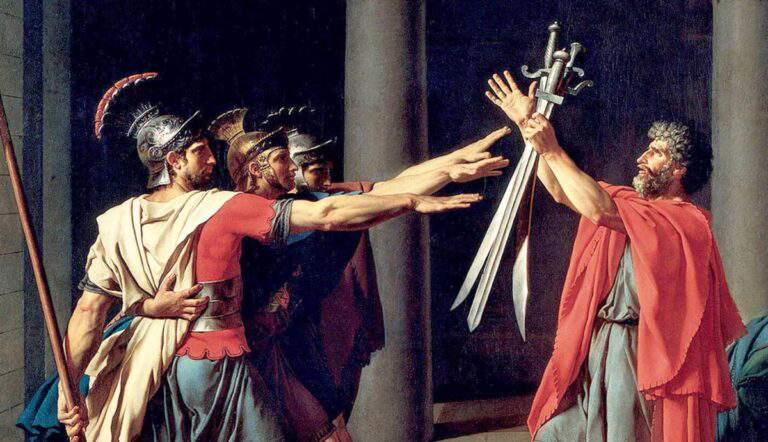 The Oath of the Horatii by Jacques-Louis David (Analysis & Facts)
The Oath of the Horatii by Jacques-Louis David (Analysis & Facts)The Oath of the Horatii is the culmination of a century of aesthetic and Roman moral theory. Here, heroic virtue is counterpoised by another ethic.
The Oath of the Horatii is the culmination of a century of aesthetic and Roman moral theory. Here, heroic virtue is counterpoised by another ethic.
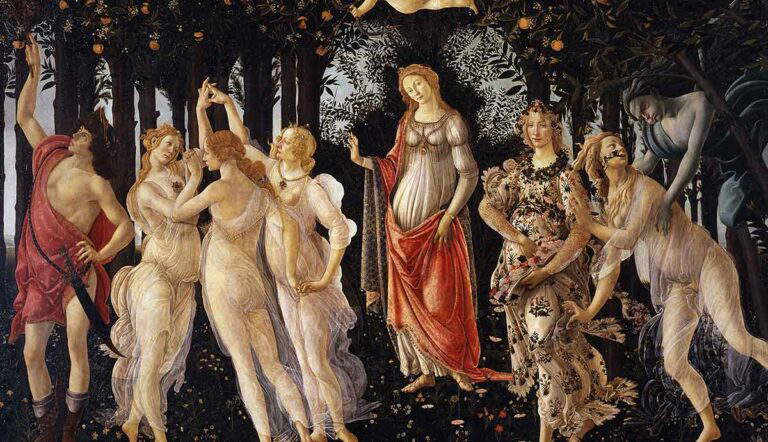 The Timeless Beauty of Botticelli’s “Primavera”
The Timeless Beauty of Botticelli’s “Primavera”Primavera by the 15th-century Renaissance Italian painter Sandro Botticelli is one of the most recognizable and justly famous works of art ever completed.
Primavera by the 15th-century Renaissance Italian painter Sandro Botticelli is one of the most recognizable and justly famous works of art ever completed.
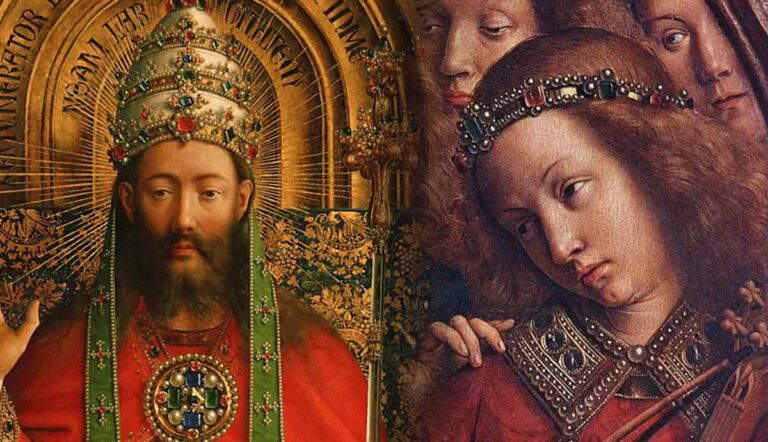 Is the Ghent Altarpiece a Work of Realism or Idealism?
Is the Ghent Altarpiece a Work of Realism or Idealism?The Ghent Altarpiece painted by the Van Eyck brothers, Hubert and Jan, is one of the most revered works of realism from the Early Renaissance.
The Ghent Altarpiece painted by the Van Eyck brothers, Hubert and Jan, is one of the most revered works of realism from the Early Renaissance.
 How Did Leon Battista Alberti’s “On Painting” Shaped the Renaissance?
How Did Leon Battista Alberti’s “On Painting” Shaped the Renaissance?Leon Battista Alberti’s book On Painting is the first known book on art theory, published in 1435. It heavily influenced all subsequent Renaissance art.
 How Rembrandt’s Art Became a Masterclass in Light and Shadow
How Rembrandt’s Art Became a Masterclass in Light and ShadowRembrandt’s artistic evolution from the precise detailing of the visual world towards a more tonal approach to painting divided opinion in his own time.
Rembrandt’s artistic evolution from the precise detailing of the visual world towards a more tonal approach to painting divided opinion in his own time.
 Paul Cezanne’s Metaphysical Paintings in 3 Works: A Failed Synthesis?
Paul Cezanne’s Metaphysical Paintings in 3 Works: A Failed Synthesis?The late painting of Paul Cézanne sought to portray nature and the phenomena of the physical world as directly as possible through looking and working.
 How Did Rothko Seek to Transcend the Visible World?
How Did Rothko Seek to Transcend the Visible World?The art of Mark Rothko sought to go beyond the depiction of the visible world and to envision a realm of pure spirit.
The art of Mark Rothko sought to go beyond the depiction of the visible world and to envision a realm of pure spirit.
 Fra Angelico’s Theology & Aesthetics in 3 Extraordinary Paintings
Fra Angelico’s Theology & Aesthetics in 3 Extraordinary PaintingsThree paintings from the Dominican friary of San Marco in Florence by Fra Angelico reveal theological roots in Thomas Aquinas as well as his revolutionary aesthetic.
 Piero della Francesca in 3 Works: Perspective, Politics, and Symbols
Piero della Francesca in 3 Works: Perspective, Politics, and SymbolsThe 15th-century artist Piero della Francesca fused a passion for mathematics with naturalistic representation in his devotional imagery.
The 15th-century artist Piero della Francesca fused a passion for mathematics with naturalistic representation in his devotional imagery.
 3 Depictions of Saint Jerome: Albrecht Dürer’s Fascination
3 Depictions of Saint Jerome: Albrecht Dürer’s FascinationThese three images by Albrecht Dürer show a gradual evolution through the artist’s attitude to Saint Jerome.
These three images by Albrecht Dürer show a gradual evolution through the artist’s attitude to Saint Jerome.